 Unknown photographs from when Adams was, if only for a few days, an urban photographer.
Unknown photographs from when Adams was, if only for a few days, an urban photographer.
I don’t recall what I was searching for when I came across the Ansel Adams photographs of Los Angeles at the beginning of World War II, but I don’t think it was a handsome rendering of Half Dome or a Moonrise in New Mexico. It was something much more gritty. On reflection, it might have been photographs of my original elementary school, Benjamin Franklin in Glendale.
In any case, I was running a search in the Los Angeles Public Library’s immense online collection of photographs when something in a record caught my eye, the name “Ansel Adams.” The image attached to this record was of a parking lot with cars jumbled together around a prominent No Parking sign.
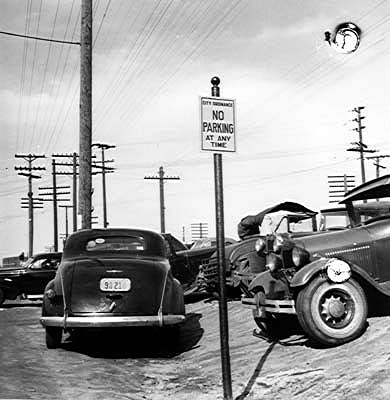
I don’t normally associate Ansel Adams with ironic snapshots of parking lots or small format urban photography at all. Like you, a photograph by Adams means the classic evocation of the great American wilderness. It never crossed my mind that he had photographed any of the cities of men, much less Los Angeles. But there it was. Maybe, I thought, there were more.
I backed up to “New Search” in the LAPL’s database and, entering “Ansel Adams,” got 189 records. All photos were from Los Angeles in 1940 and all of them made with a small square format camera. Then I backed to Google and ran a search to see what other notes had been made of these images. Nothing other than a few hits coming out of the same database emerged. The standard biographical pages for Adams made reference to his work at the Los Angeles Art center during this time, but there were no references to this particular series of photographs.
A call to the Reference desk at the LAPL’s photo collection brought the information that the images were from “negatives given to the Library in the early 1960s” by Adams himself. The librarian told me that the photos were done “on assignment from Forbes magazine.” I subsequently called Forbes in New York to find out if they had any record of this, but was referred to their legal department for reasons that are obscure — other than that any question a functionary for a magazine cannot answer is always forwarded to the legal department.
I thought I would see if I could see for myself. I learned that the stunning and invaluable Seattle Public Library’s Main Branch kept hard copies of Forbes going back into the 1930s. In a highly unusual move for the Internet age, I got in the car and found my way to the seventh floor of what is called “The Spiral” — probably because it disorients patrons more quickly than any other shelving system ever invented.
At any rate, after going through all the issues of Forbes for 1940 and 1941 I struck a dead end. Nothing. Very frustrating. Lawyers on one end of the continent and no trace on the other end. Then I thought, “Forbes wasn’t the only business magazine in the 1940s. As a matter of fact, it was the runt of the litter.” The other magazine was Fortune. I got up and pulled the extremely heavy volumes for Fortune in 1941 (What a hefty magazine it once was.). And there it was in the March 1941 special issue on Air Power.

Click to enlarge this and subsequent images where necessary,
The article was called: City of the Angels: The U.S. breeds its air power in the fabulous empire of oomph. That means trouble for the Axis, but booming Los Angeles has its worries, too. Adams’ credit is found under the upper left picture on the opening spread.
The “City of Angels” opens across two spreads and gives us a few clues as to not only the provenance of the Adams’ work but to the nature of the negatives and prints held at the Los Angeles Public Library.
First I note that the holdings of the LAPL contain no color images at all, just black and white prints that map to the subjects seen on the first spread: a motor scooter salesman, Ralph’s Grocery in Westwood, a group portrait that we know from the LAPL and the caption was taken the Burbank Bowl. We also know that the couple on the right of the two small inserts is Lockheed worker Cole Weston and his first wife in their $15 a month bungalow. Cole was the fourth son of Edward Weston and a brilliant and famous photographer in his own right. Ansel Adams and the Westons were, of course, close associates throughout their careers.
This is a remarkable bit of “friendly and casual photojournalism” in which Adams manages to work his friends and associates into a photo essay on war workers, but that was during another brighter era where everyone in America did their part. We meet this couple again in the LAPL photographs which are much clearer than the photographs of the Fortune spread.

First at home in a shot clearly near in sequence to the shot published by Fortune.

Then during an intimate early morning good-bye at their cottage door.
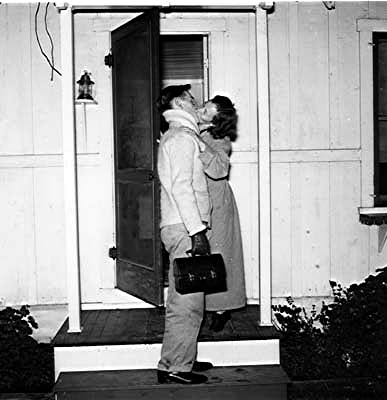
Then a very warm moment as Cole heads off too work.

The Westons also show up later in the LAPL photos, relaxing in a series taken in a bowling alley or bar.
From the two Fortune spreads it is clear that the photographs held by the LAPL are Adams’ out-takes from the Fortune Magazine assignment. This is underscored by the second level of compositional and technical quality that runs through LAPL images. Many of those photographs have the feeling of casual snapshots that any photographer would hold back from a magazine photo editor if he possibly could; especially a photographer of Adams’ intensity and integrity.
It is also significant that no color is present in the holdings at the LAPL since color, and the processing surrounding it, would have been both expensive and/or time-consuming for Adams. Overall, the LAPL photos have the feeling of a work-for-hire. Adams, always under financial pressure during this time, would have wanted to curtail any of the expense of color processing. At the same time, he would have processed the black and white himself as a matter of course and submitted only those negatives and/or prints he felt satisfied had the bare minimum of quality. Even though he was clearly doing this for the money, Adams always had standards.
So I would conclude that with the LAPL material we are getting a rare chance to look at photographs a great photographer chose not to show the world. Obviously, none of these images even touches upon the vast and central work that establishes Adams as one of the greatest American photographers, but they do provide an interesting footnote to what Ansel Adams saw and thought worthy of photographing while ambling about Los Angeles during the opening months of World War II.
It is also worth viewing these photographs since, with the exception of the Adams’ enduring “Suffering Under a Great Injustice” Photographs of Japanese-American Internment at Manzanar , photographs of people by Adams are thin on the ground. Working as he did with large format cameras, there was little reason for him to use the medium format (in this case probably, given the format of the images, the classic Graflex Speed Graphic, possibly borrowed from Edward Weston ). The results that we see in the Fortune article and much more informally in the LAPL material represent a kind of Ansel Adams walkabout on the streets of Los Angeles that ambles from parking lots to street scenes, from Burbank to Beverly Hills.
I like to think of the images, the out-takes, left in the care of the LAPL Photo collection as a kind of casual record of a busman’s holiday for Adams. It would have been a plum assignment to get a job from Fortune in those days — more than worth Adams’ while for the money alone. On the other hand, it allowed him to set aside the heavier equipment and just take a hike for a couple of days, not among the vast landscapes of America that he was to record and idealize forever, but among the more mundane but still fascinating urban landscape of the “City of the Angels… the fabulous empire of oomph” as the Greatest Generation, men and women, our fathers and mothers, went to war and went to work.
Selected Images [Titles my own]:
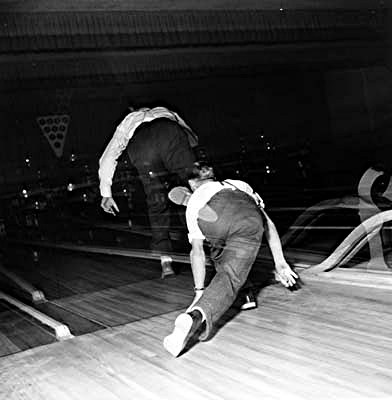
Over the Foul Line: A rare, perhaps singular, Ansel Adams double exposure.

The Newsy

Dubious Dogs: A hot dog stand in Venice
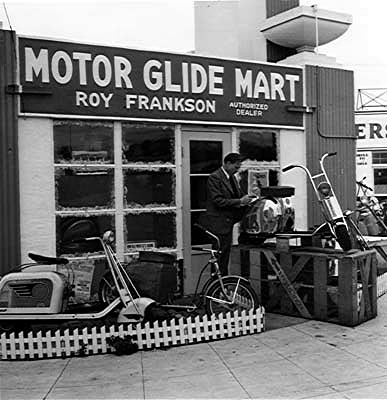
Mean Motor Scooter and a Bad Go-Getter
Republished from March, 2006 [Important Links for this essay: My selection of somewhat cleaned-up Adams images can be found on Flickr @ Ansel Adams’ Lost Los Angeles Found – a photoset on Flickr.
The complete Ansel Adams material at the Los Angeles Public Library Photo Collection is seen by going to the Los Angeles Public Library Web Site, selecting “Browse the Photo Collection” on the main page, and entering “Ansel Adams” in the “Author” search field. Entering “Ansel Adams” in the keyword field will bring up a slightly different selection.]
ADDED IN 2022:
Tessa: Photos and Digital Collections
Life at Olympic Trailer Court, view 5 :: Los Angeles Public Library Photo Collection
FOOTNOTE ON HOW THE PHOTOS CAME TO THE LIBRARY: “Around 1939, Ansel Adams was commissioned by Fortune magazine to photograph a series of images for an article covering the aviation history of the Los Angeles area.
For the project, Adams took 217 photographs showing everyday life, businesses, street scenes, aerospace employees, and a variety of other subjects, but when the article, “City of Angels” appeared in the March 1941 issue, only a few of the images were included.
In the early 1960s, approximately 20 years later, Adams rediscovered all of the photographs among papers at his home in Carmel and sent a letter of inquiry to the Los Angeles Public Library, asking if the institution would be interested in receiving the collection as a donation.
In his letter, Adams expressed that, “the weather was bad over a rather long period and none of the pictures were very good” and “if they have no value whatsoever, please dispose of them in the incenerator [sic].” He went on to write that “I would imagine that they represent about $100.00 minimum value.”
In response, the Los Angeles Public Library gladly accepted the gift of 135 contact prints and 217 negatives, and the staff concluded that a fair value for the collection would be $150.00.”




![Allen Ginsberg: The Interview, <strong> ➡ 1972 ⬅ </strong> [Republished by unpopular demand] ginsbergnirvana](https://americandigest.org/wp/wp-content/uploads/2022/05/ginsbergnirvana-150x150.jpg)


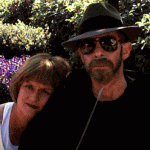
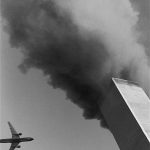
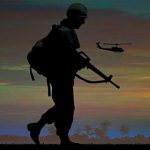
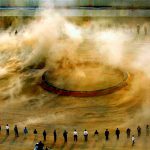
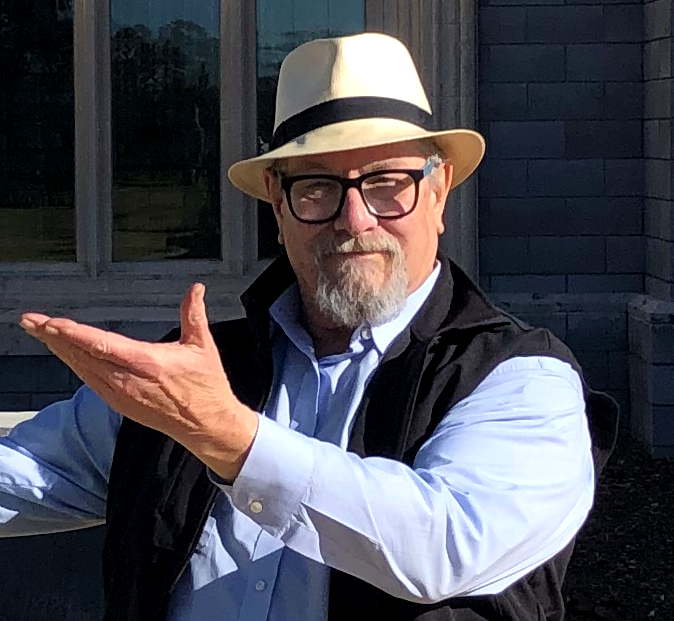 Gerard Van der Leun
Gerard Van der Leun












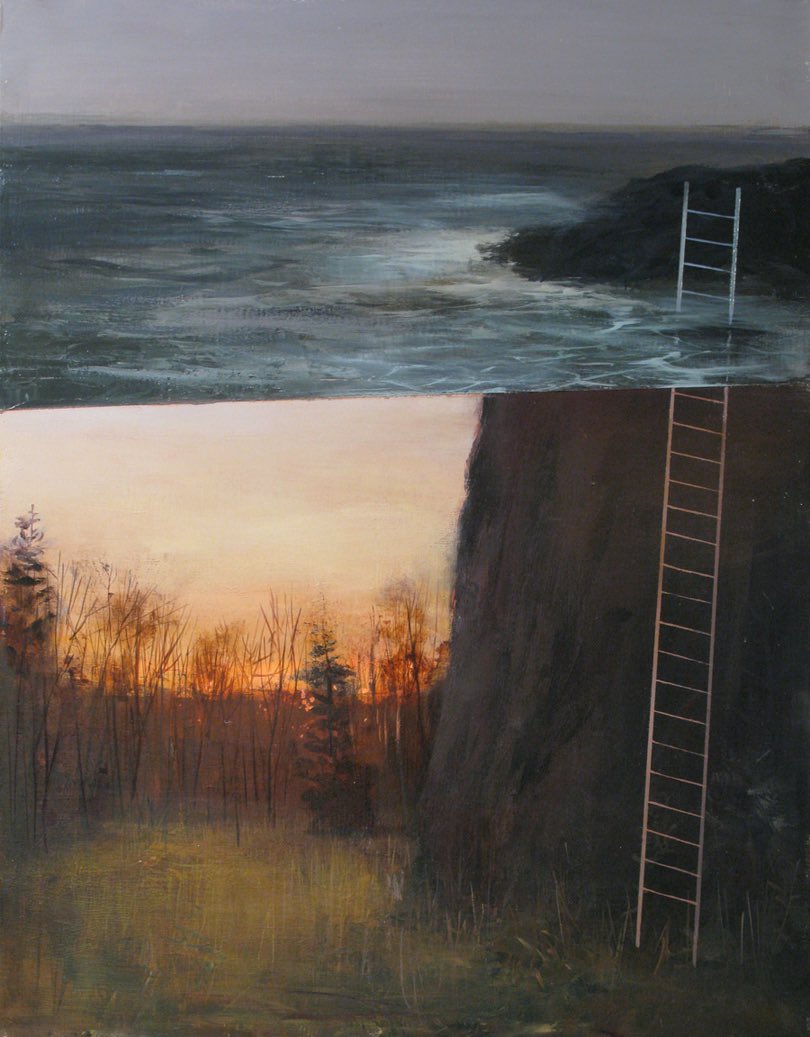

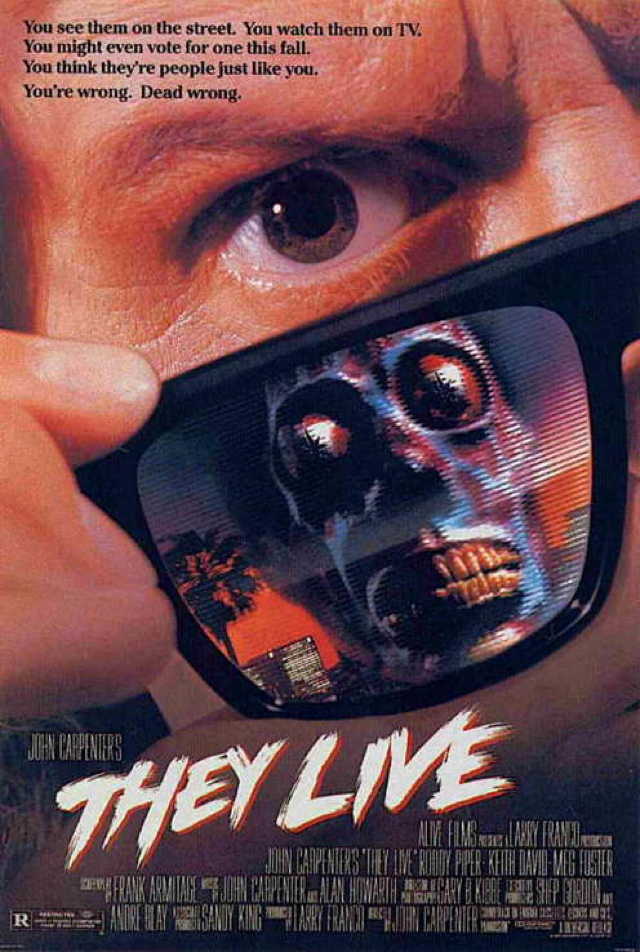
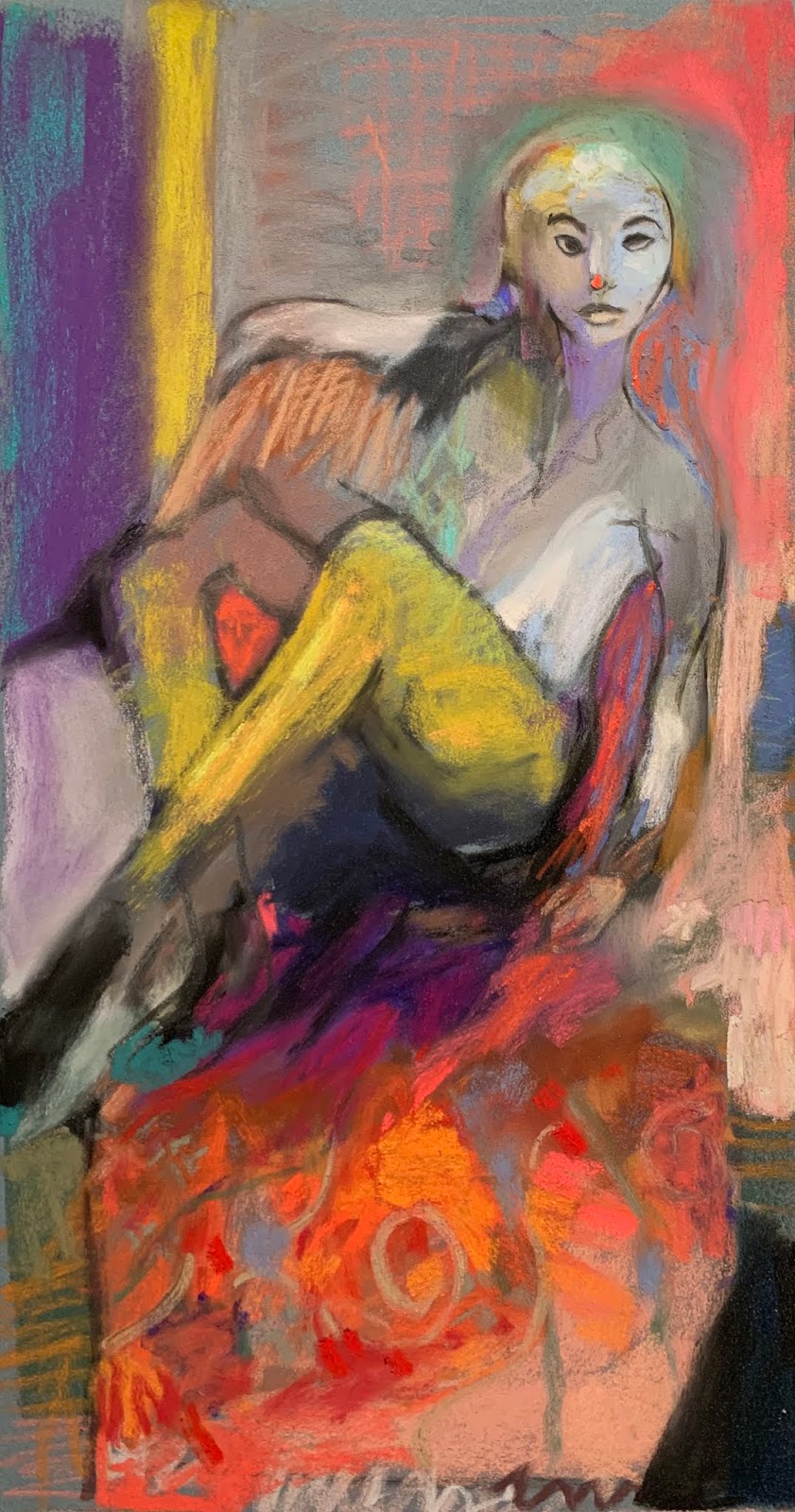
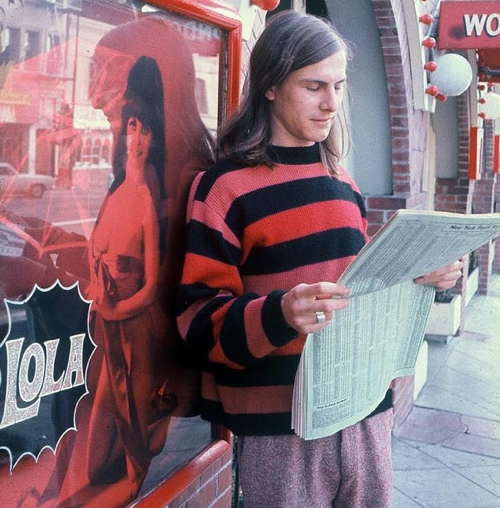
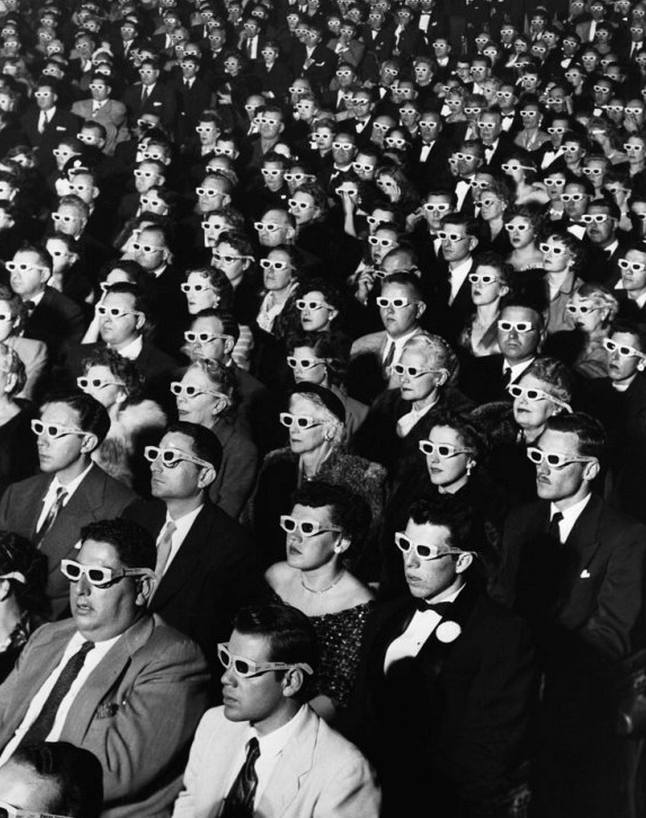
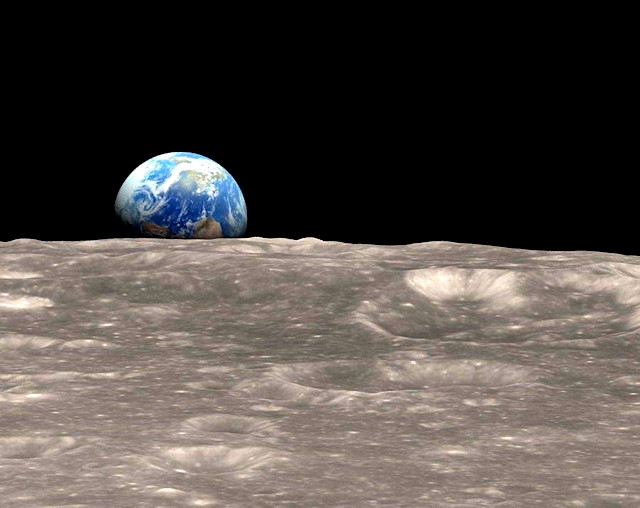





Comments on this entry are closed.
A combination of enquiry agent and flatfoot work solves the case. I had no idea Adams had any urban work. Nice work, Gerard.
Something wonderful, again!
Thanks, G.
Film cost real money back then. AA knew which end of the camera the round comes out of.
and printing paper- I have heard the zone system was a way to conserve materials.
if so, then a philosophy.
It’s (Zone System) an heuristic workaround for the mismatch between the dynamic range of monochrome negatives (relatively huge) and that of photographic printing paper (relatively crap). To make things more confusing, the light meters which made the Zone System possible were developed by an East Coast father and son combination of Edward Westons unrelated to the Group f/64 Edward Weston.
No Art without mastery of your mediums and that’s what AA did in spades.
This dynamic range mismatch is why it’s so wonderful to see scans of old plates and negatives on Shorpy and similar sites. Scanning obviates this and we get to see clearly, at last, freed from the limitations of printing (however it was done).
Imagine the howls of rage if a negative scan of Moonrise, Hernandez leaked and us peasants got to work in Lightroom or Silver Efex Pro!
then further to my comment, it was remarked to facilitate the print being made on #2 contrast paper.
kinda in your ballpark, that’s a guess.
Good on yer mate!
“Lockheed” was originally spelled “Loughead” and altered so the name wouldn’t be pronounced “Log Head”.
Heh, always loved that historic tidbit about how the Loughead brothers named the company Lockheed.
Gerard, thanks for sharing a glimpse of when LA had such a bright and promising future. I noticed that many of the photos of the workers at lunchtime shown at the Tessa link are captioned “Douglas workers” and not “Lockheed workers”. In particular, the photo of the workers grabbing lunch from the rear of what looks like it could be an original Chevy Suburban. There must’ve been a Douglas Aircraft plant in the same vicinity.
It’s interesting that the newsy is selling a shirt with a corporate logo, which suggests someone would buy and wear it. The earliest example I know of this was done by Yogi Berra. He advertised YoHoo, the chocolate drink. He passed out yellow t-shirts in the Yankees clubhouse which featured the logo. Baseball players were paupers (compared to today). They happily accepted and wore the shirts, just what Berra and YoHoo wanted.
A modern tale is that of comedian Ron White. An audience member asked what was the brand of the scotch White was pouring for himself, in the middle of the show. White answered that his agent would not let him tell unless the distillery paid for the mention.
Gerard Van der Leun: Our own Philip Marlowe and Sam Spade. Hammett and Chandler would be proud.
I always prefer black and white photos to color photos. I really don’t know why. Maybe because I would rather live in a black and white world. If I make it to Heaven—the jury is still out on that—I will rejoice in the colors.
Not sure you’d want to live in a black and white world, but a well-exposed Gaussian grey scale histogram with just a hint of selenium toning would be the kind of image to live in, if not die for. Just chill out about the Falcon and mind yer own business though. From Ansel to Gunsel in Three Easy Steps. It’s a slippery slope.
Wow… Had no idea he’d done this kind of work.. but I guess they all must have to make ends meet.
That seedy-looking newsagent looks like the love child of William Saroyan and Lavrentiy Beria.
Saroyan co-wrote “Come On-A My House”, a huge hit for Rosemary Clooney, with his first cousin Ross Bagdasarian while driving through New Mexico on a drive to California.
…just sayin’
Now that’s what I call an amazing bit of trivia! Seriously? So he did! WikiKnowItAllia confirms.
Baksheesh-importuning Carpet Merchants weren’t a huge thing in the provincial Australia of my deformative years. (You can be sure they are now, though), so my first introduction to the concept of ‘Armenian’ was the amateur detective, Doctor Haledjian, in Two Minute Mysteries… a book I borrowed from the library aged 10-ish. Must have been the first detective stories I’d encountered and was immediately hooked.
The older, unimproved version of me is down on Saroyan for being down on lynching and Hello Out There is the only thing of his I’ve even read. I see from Wikipedia that the Odious Stephen Fry likes him. Erk.
But, Kardashians, aside… they can’t be all bad. Plus they can be used strategically to annoy the Turks and the Other People thanks to the unGenocide which didn’t happen in 1915.
too-
Bagdasarian was “Dave Seville and the Chipmunks”; he was the pianist/composer in “Rear Window” (top left); and he’s of a group in “Stalag 17” playing a hot “Jingle Bells” backing Harvey Lembeck and Robert Strauss.
Good catch with “Beria.”